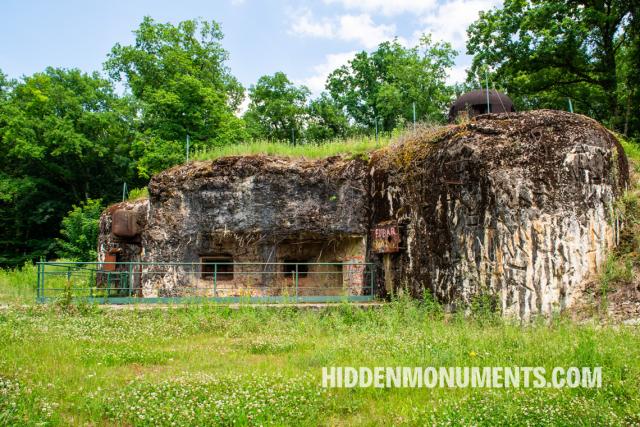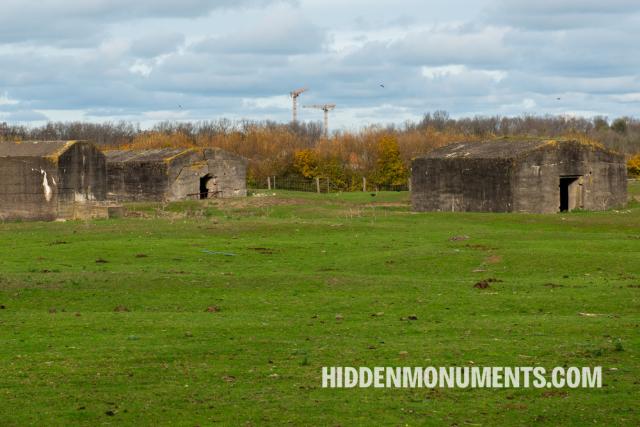In the French Moselle, a modest infantry work was built in the early 1930s to protect France against a new German invasion.
Military locations
Visit memorials, museums, and historic locations across Europe to connect with the stories of bravery and sacrifice that define Europe's heritage.
- 104 destinations
For more than half a century, you’ve been able to cross the Kempen Canal near Geel via a Bailey bridge, a temporary bridge developed for military purposes during World War II.
Aircraft development in Germany gained momentum after Adolf Hitler came to power in early 1933.
Organisation Todt, Nazi Germany's construction company, sent an army of forced labourers to an old marl quarry in the Netherlands in the spring of 1944 to convert it into an aircraft engine maintenance site.
L'ouvrage du Four-à-Chaux was one of the gros ouvrages or large artillery works of the French Maginot Line. Yet almost nothing of it can be seen above ground.
As if the Atlantic Wall defensive strongholds in the Ostend dunes were not enough, Nazi Germany erected a second line of defence in the hinterland.
In 1990, a Sherman tank was parked at Balgerhoeke lock in Eeklo in honour of the Canadians who liberated the town from German occupation on 15 September 1944.
Anyone entering Nieuwpoort via Kinderlaan will come across the remains of the World War II German Widerstandsnest Karthauserdünen.
Pagination
Get the latest stories straight to your inbox
Latest from the blog
If you love hiking and exploring industrial history, the Minett Trail in southern Luxembourg is the perfect adventure. Winding through the country’s historic steel heartland, this trail connects old industrial sites, cultural landmarks, and striking landscapes.
All photos and stories are copyrighted. Of course, linking to articles on the site is possible and allowed.
If you would like to use photos or articles from this website, please contact bart@hiddenmonuments.com.
© 2003-2025 Hiddenmonuments.com










